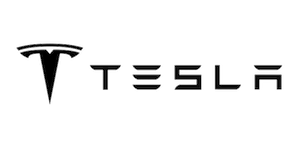IEEE 1202, formally titled the Standard for Flame Testing of Cables for Use in Cable Tray in Industrial and Commercial Occupancies, is a flammability standard used to evaluate the vertical flame-propagation characteristics of electrical and optical-fiber cables installed in a defined cable-tray configuration. This test is designed to simulate fire conditions in industrial and commercial cable installations and determine whether a cable will sustain and propagate flame when exposed to a controlled ignition source.
In the IEEE 1202 method, a 96-inch (2.44 m) vertical steel ladder tray, 12 inches (305 mm) wide, is loaded with the test cable according to a prescribed fill pattern based on cable diameter. A 70,000 BTU/hr (20.5 kW) ribbon burner is positioned 3 inches (76 mm) from the cable surface at a 20° downward angle, located 12 inches (305 mm) above the bottom of the tray. The burner is applied for 20 minutes using a propane–air mixture regulated for consistent heat output. To pass, the flame spread must not exceed 4 feet 11 inches (1.5 m) above the lower edge of the burner on any specimen.
A cable meeting IEEE 1202 requirements demonstrates limited vertical flame spread in cable-tray installations, reducing the risk of fire travel in critical infrastructure. IEEE 1202 is widely referenced in North American specifications, considered technically equivalent to CSA FT4, and is also recognized in UL 1685 as the vertical-tray flame test method for tray-rated cables.






